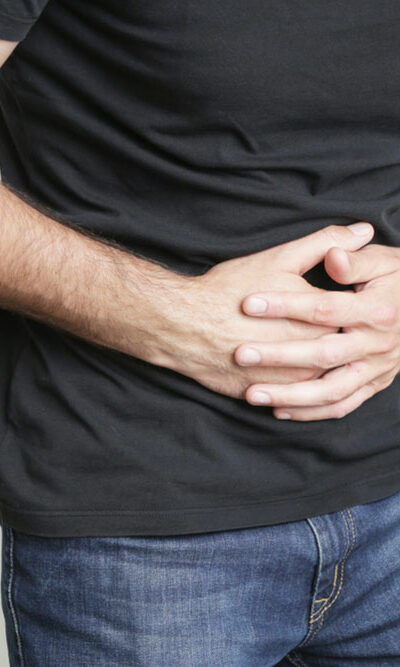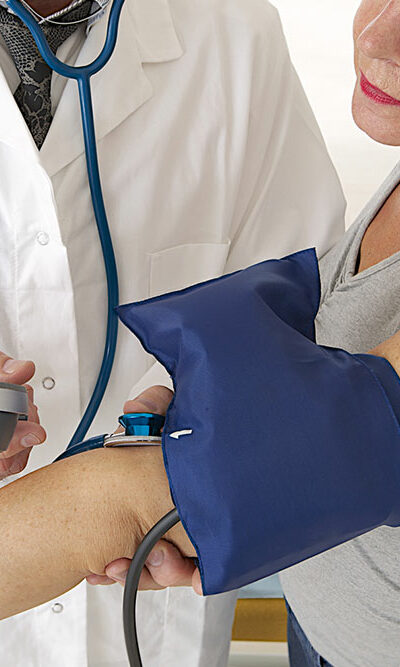
6 Daily Habits to Manage Psoriasis Better
Did you know that few alterations in your life can help manage psoriasis symptoms much better? For those who are not acquainted with psoriasis, all you need to know is that it is an autoimmune skin disease that is characterized by elevated skin that is often itchy, inflamed, and flaky. The truth is that psoriasis has no single cure. The only thing that one can do in this case is to work toward reducing the frequency of the psoriasis flare-ups and try to find ways in which to manage the symptoms of the skin disease better. The good news though is that there are few simple daily habits and herbal remedies for psoriasis that will help in managing this skin condition better. Read on to find out about six such daily habits that one can use along with some other herbal remedies to ease the symptoms of psoriasis. Work toward building immunity – As psoriasis is an autoimmune skin disease, your immune system plays a great role in causing the disease in the first place. Though you cannot alter your genetics, you can aim for a strong immunity that will help you live better with the skin disease. The key to having a great immune system is eating right, indulging in physical activities, and staying fit. If you want to further enhance your immune system, then you can consider including immunity-boosting food items like garlic, onion, and turmeric that act as herbal remedies for psoriasis. These herbal remedies also help in soothing the inflammation that psoriasis brings along. Maintain a healthy weight – It is observed that people who are obese are at a higher risk of developing psoriasis or psoriatic arthritis as compared to the rest of the population. So, it is advised that you shed the extra pounds and maintain a steady healthy weight.










